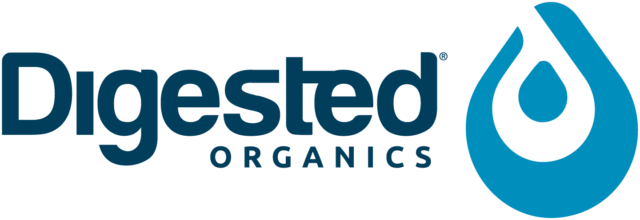For the third time in less than 24 months, the board of directors of the National Dairy Producers Organization, Inc. (NDPO) is calling on every producer in the country who is producing milk that is being shipped to a class 3 or class 4 processor to reduce overall production by 5 percent (1 percent per month) as soon as possible.
Mike Eby, board member of NDPO and a dairy producer from Gordonville, Pennsylvania, said, “We do not take lightly the responsibility we have to all of our members and to all dairy producers in the country to thoroughly warn them that very difficult times are just around the corner, which are only compounded by the current financial distress of many producers nationwide."
“We (dairy producers) have the ability to prevent the devastating volatility and below profitable margins we have incurred over the past five years. We have the ability to increase the amount we get paid for every hundredweight of milk we produce, if we are willing to take the steps necessary to secure for ourselves and our families a much brighter future," said Gary Genske, board member, treasurer of NDPO, owner of three dairies and partner in the firm Genske/Molder, which provides accounting services to hundreds of milk producers nationwide.
"Producers can accomplish this feat by refusing to maintain the status quo that finds us continually paying for the privilege of producing milk that we cannot sell for a profit.”
According to a statement from the NDPO, market indicators from more than a dozen different sources point to a potential dramatic drop in the price of milk paid to dairy producers, if immediate changes in the supply of milk are not impacted at the farm level.
The statement said:
No less than one dozen market indicators are pointing to a significant drop in milk prices if something is not done immediately. Prices are already far too low for most producers across the country. Dairy producers in the Midwest, Inner Mountain Region and Western producers are now and have been particularly squeezed for more than two years.
In reality, every dairy producer in the country is producing milk at a cost above what they are receiving for their milk when you compare the USDA cost of production numbers with the national pay price of milk – a reality that has existed now for nearly five years.
Were it not for the overwhelming evidence from both the domestic and international markets indicating softening global sales and prices, at a time when competition for global demand due to estimated production increases in New Zealand and Australia signal a significant drop in future prices for milk from dairy producers, we would not be pushing this agenda as hard as we are.
It is critical that dairy producers immediately respond to this call by doing everything in their power to reduce milk production nationwide, but particularly in the regions of the country where a significant portion of all milk production is processed into cheese and butter.
NDPO board member and dairy producer Bob Krucker offered the following comments:
NDPO proposals contained in our DISSA-13 will create and maintain a stable, profitable domestic milk demand market.
A "demand market" is defined as "increased demand pulling on steady to stable supplies." A demand market is generally viewed as a profitablemarket.
Our domestic milk demand has shown to increase about 1 percent per year with a 1 percent increase in domestic population. While the world export demand for milk may increase at a rate different than our domestic demand, not all export demand will be profitabledemand for the U.S. dairy farmer.
With increasing milk production around the world, it is doubtful thatthe U.S. dairy farmer will ever be the world's low cost producer of milk.
Even though the world export demand market may not always be a profitable market for the U.S. dairy farmer, we can still create and maintain a stable, profitable domestic milk demand market by adopting the proposals contained in DISSA-13.
By reasonably managing our domestic inventory of butter, powder and cheese, and reasonably managing imports, and pricing milk used for export products at whatever level the export product prices will support, dairy farmers can create and maintain a profitabledomestic "demand market" for their milk – independent of the world export markets – and a financially sustainable future.
The NDPO statement also listed 12 recent articles published from a variety of sources that the organization says "send a notice of clear and present danger for dairy producers if they are not willing to significantly change the amount of milk that is produced and made available to milk buyers here in America." PD
—From National Dairy Producers Organization news release

.jpg?t=1687979285&width=640)


